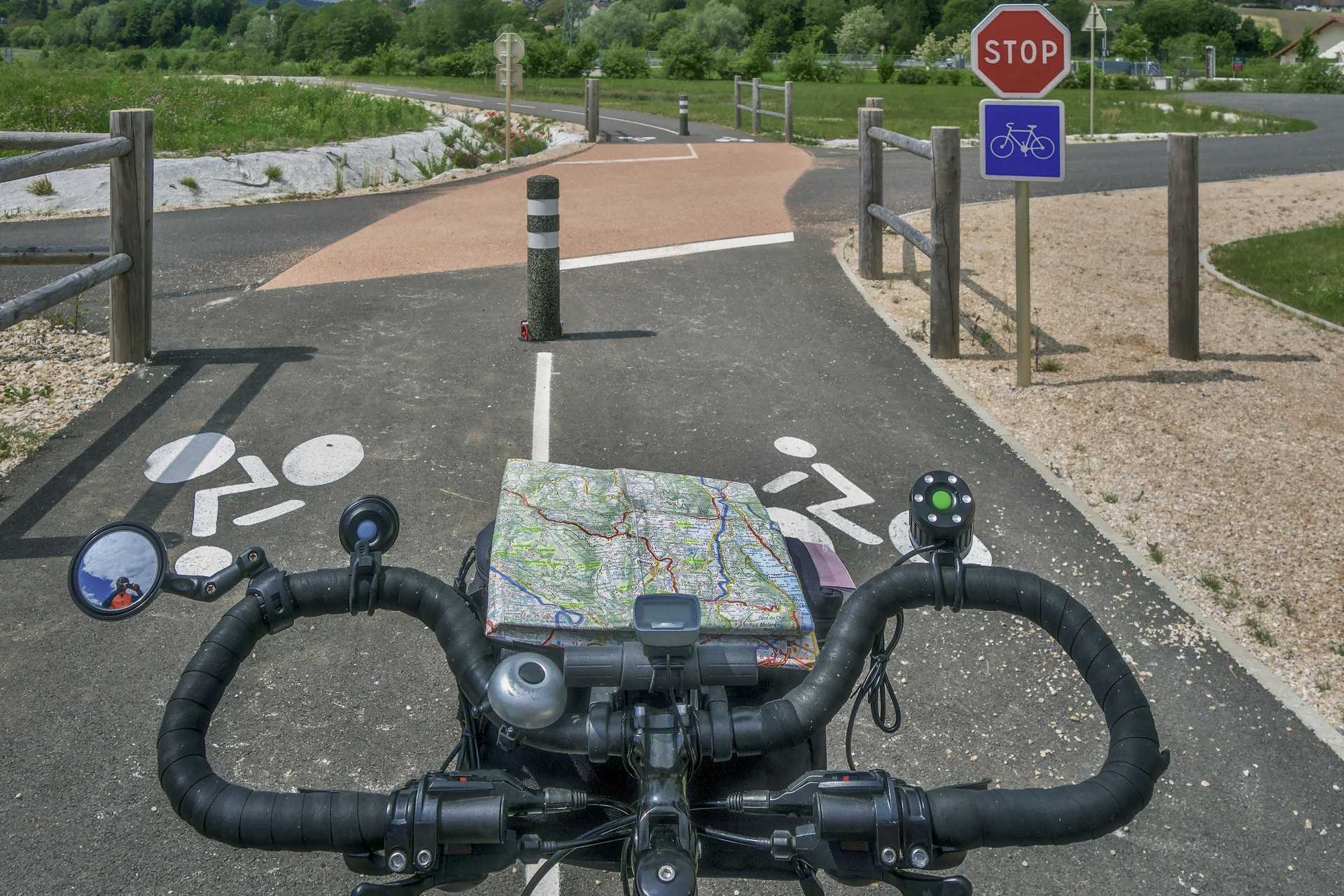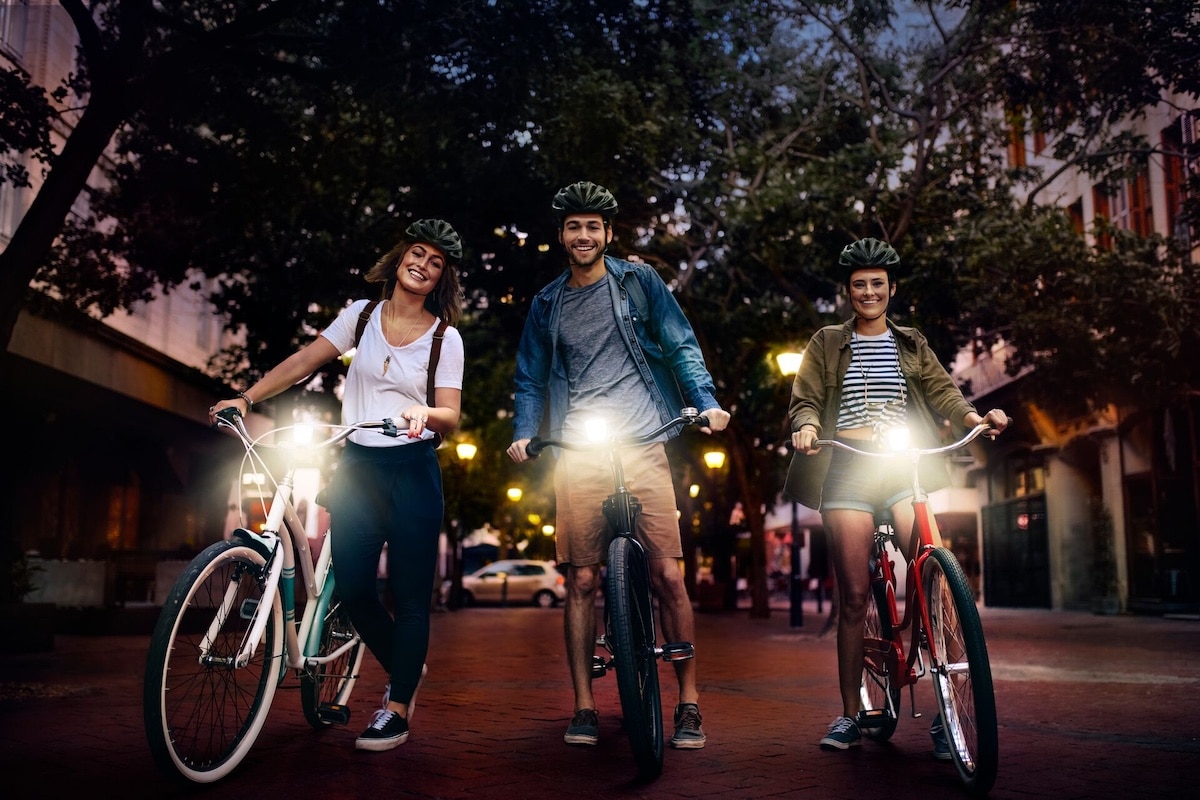Bike lanes: how AI is helping to design urban space

Wintics has developed a software for surveillance cameras that analyze streets to understand urban mobility patterns.
This company trains an artificial intelligence (AI) embedded in surveillance cameras using the Cityvision software. This allows a municipality equipped with this technology to plan future urban developments such as new roads or bike lanes based on the movement patterns analyzed by the AI.
The “Deep Learning” algorithm is used by this AI to analyze real-time traffic data. It employs a network of artificial neurons, similar to human neurons, to analyze layered superimposed data. For example, the AI will detect a cyclist by following this sequence: a bike with a person sitting on it in motion.
This technology could save municipalities money in the coming decades and promote pedestrianization of city centers.
What exactly does the AI detect?
The Parisian company Wintics suggests that the advent of “Deep Learning” technology with artificial neurons in 2015 revolutionized the field. It indeed enables the detection of several different traffic movements:
- Knowing the number of people inside vehicles
- Finding available parking spaces to guide drivers
- Gathering traffic data at intersections to dynamically control traffic lights
- Collecting traffic statistics on highways (motorways, national roads…) to study potential road reconfigurations
- Obtaining information on vehicles at toll booths for proper taxation
- Automatically detecting traffic incidents (stopped vehicles, accidents…) to quickly clear or assist affected areas
On its Twitter account, Wintics showcases some of these data categories in action:
In the future, perhaps this technology could be used by authorities to issue fines to vehicles and road users in violation of traffic laws?
What impact for road users?
Travelers on French roads will not notice any change in their habits with this AI in certain surveillance cameras. It is only useful for urban planning companies and municipalities.
Therefore, you can rest assured and continue your daily trips, knowing that you might be contributing to an improvement of your city’s future. Indeed, the requirement to have a Low Emission Zone by 2025 for cities with over 150,000 inhabitants could benefit from this technology. It can help accelerate re-pedestrianization projects in hyper-centers and historic districts of French cities. Everyone benefits!
This page is translated from the original post "Pistes cyclables : quand l’IA permet d’aménager l’espace urbain" in French.
We also suggestthese articles:
Also read






